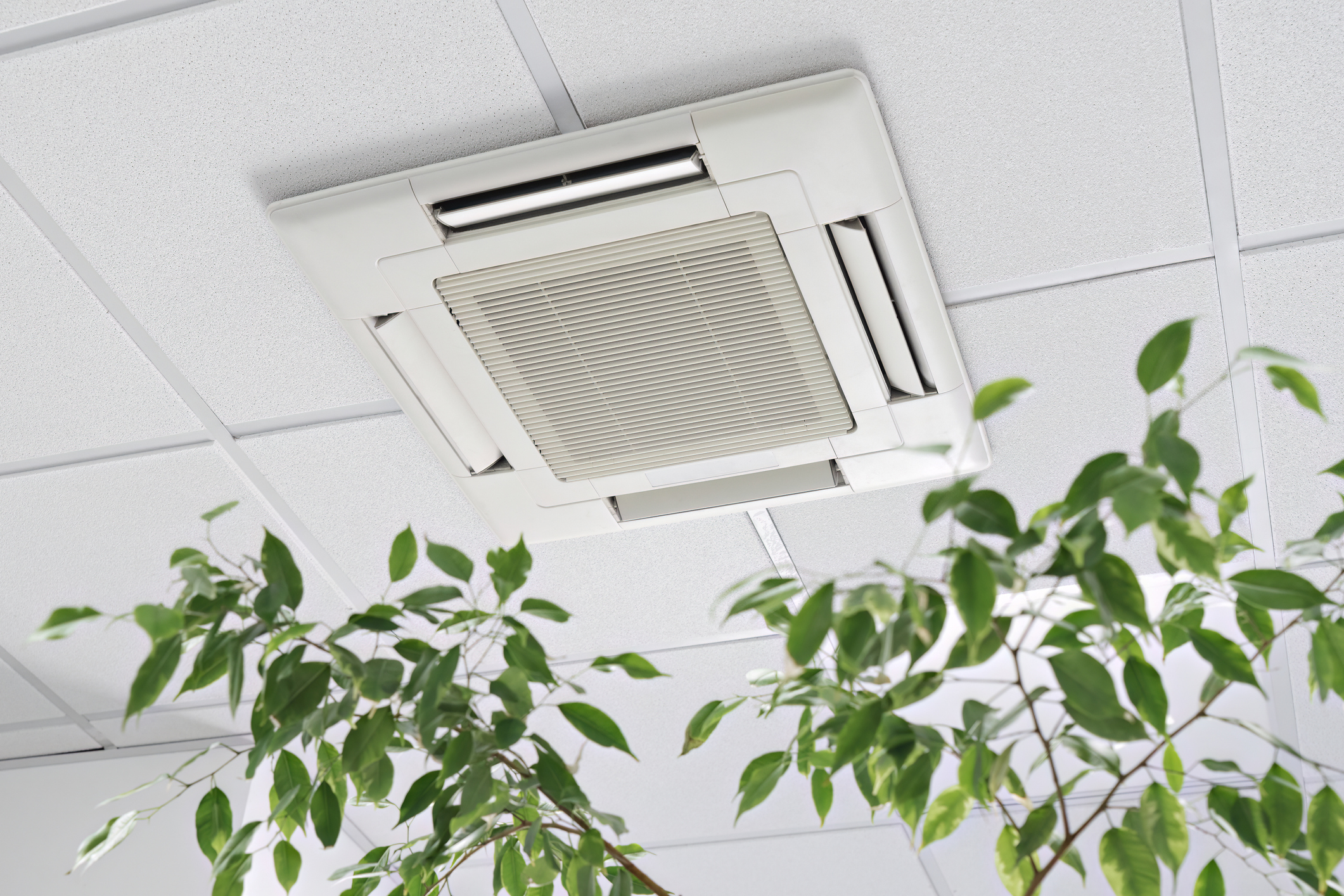Indoor air quality (also called “indoor environmental quality”) describes how inside air can affect a person’s health, comfort, and ability to work. It can include temperature, humidity, lack of outside air (poor ventilation), mold from water damage, or exposure to other chemicals. Currently, OSHA has no indoor air quality (IAQ) standards but it does provide guidelines about the most common IAQ workplace complaints.
If you ever had an odor issue within your facility you can appreciate the difficulty in identifying the sources or causes and responding to questions from employees. The professionals at TRC have developed a specific protocol that has been successful in identifying odors and odor sources that are:
- External to a building, i.e not related to a buildings systems, or processes and occupants within a building
- Internal to a building, i.e. related to a buildings systems, or processes and occupants within a building.
Related Services
Frequently Asked Questions on Indoor Air Quality
The perception of an odor within a building is a clear indication that there is a problem that must be resolved. It is important to note that while some odor-causing compounds can be simply categorized as being a nuisance while others are potential health hazards.
Below are some of the most frequently asked questions regarding indoor air quality according to the OSHA website.
The qualities of good IAQ should include comfortable temperature and humidity, adequate supply of fresh outdoor air, and control of pollutants from inside and outside of the building.
People working in buildings with poor IAQ may notice unpleasant or musty odors or may feel that the building is hot and stuffy. Some workers complain about symptoms that happen at work and go away when they leave work, like having headaches or feeling tired. Fever, cough, and shortness of breath can be symptoms of a more serious problem. Asthma and some causes of pneumonia (for example, Legionnaires’ Disease and Hypersensitivity Pneumonitis) have been linked to IAQ problems. If you have symptoms that are not going away or are getting worse, talk to your doctor about them. But not all exposures cause symptoms, so there is no substitute for good building management.

The Importance of IAQ to Building Operations
Proper building operations and routine maintenance are critical to ensuring healthy IAQ. NIOSH looked at 500 of the first IAQ investigations that they had done and found that inadequate ventilation, contamination from inside the building, and contamination from outside the building were the top three sources of IAQ problems. These types of issues can be solved by doing things like maintaining the building heating, ventilation, and air conditioning (HVAC) system, following guidelines for ensuring adequate ventilation as office suites are rearranged, routinely cleaning office spaces and common areas, and properly storing cleaning and other chemicals that are used in the workplace. These actions help ensure proper IAQ and are all part of a well developed building operation and maintenance plan.


